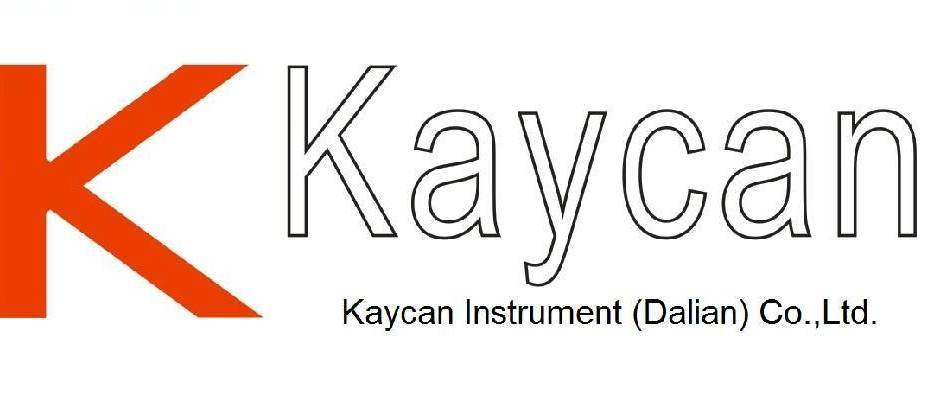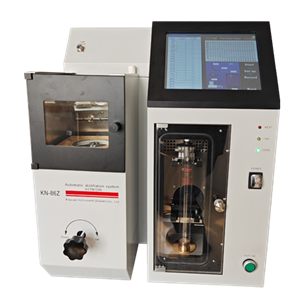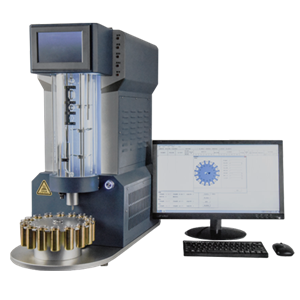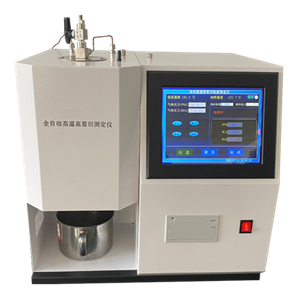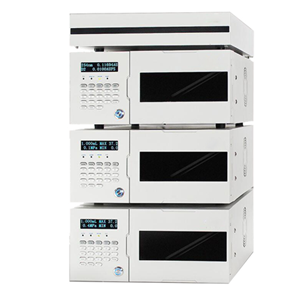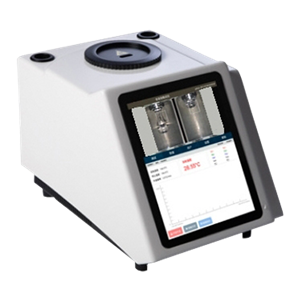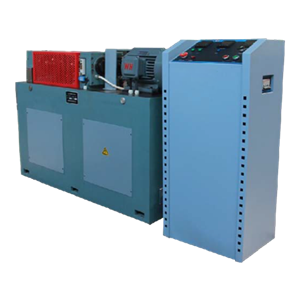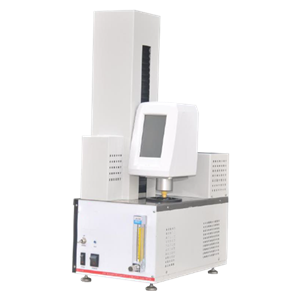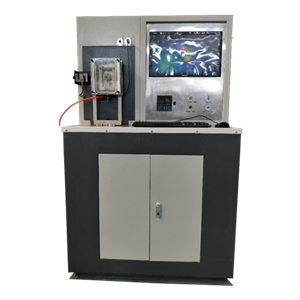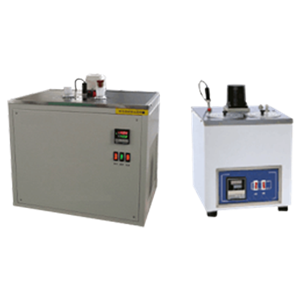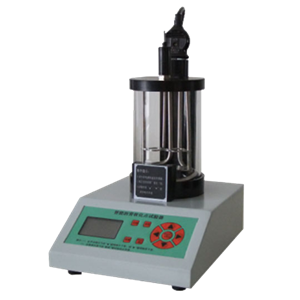-
ASTM D5837 Apparatus for Furanic Compounds by HPLC
KN-5837 Furanic Compounds by HPLC conforms to ASTM D5837 Standard Test Method for Furanic Compounds in Electrical Insulating Liquids by High-Performance Liquid Chromatography (HPLC). Furanic compounds are generated by the degradation of cellulosic materials used in the solid insulation systems of electrical equipment. Furanic compounds which are oil soluble to an appreciable degree will migrate into the insulating liquid. High concentrations or unusual increases in the concentrations of Furanic compounds in oil may indicate cellulose degradation from aging or incipient fault conditions.
Send Email Details -
Automatic Dropping Point, Melting Point and Softening Point Tester
KN-70 Automatic Dropping Point, Melting Point and Softening Point Tester perfectly combines high-precision temperature control technology and high-definition video camera technology, not only to provide users with accurate, stable, and reliable test results, but also to provide users with efficient and convenient test experience. The high-definition video can easily and clearly see the whole process of the sample state change, and the real-time spectrum display is automatically detected, which is convenient for the user to accurately measure the dropping point/softening point of the sample. Standard cups and measurement methods can ensure the accuracy of the results.
Send Email Details -
Relative Scuffing Load Carrying Capacity Tester, FZG
KN-FZG Relative Scuffing Load Carrying Capacity Tester conforms to ISO 14635-1 Gears – FZG test procedures—Part 1: FZG test method A/8, 3/90 for relative scuffing load-carrying capacity of oils and ISO 14635-2 – FZG test method A10/16,6R/90 for relative scuffing load-carrying capacity of lubricants with high EP performance. The types of gear failures which may be influenced by the lubricant in use are scuffing, low-speed wear and the gear-surface fatigue phenomena known as micropitting and pitting. In the gear design process, these gear damages are taken into consideration by the use of specific lubricant and service-related characteristic values. For an accurate, field-related selection of these values, adequate lubricant test procedures are required. The FZG test procedures described in this and other parts of ISO 14635 can be regarded as tools for the determination of the lubricant-related characteristic values to be introduced into the load-carrying capacity calculation of gears.
Send Email Details -
Gel Index Tester (LTLS)
KN-5133 Gel Index Tester (LTLS) conforms to ASTM D5133 Standard Test Method for Low Temperature, Low Shear Rate, Viscosity/Temperature Dependence of Lubricating Oils Using a Temperature Scanning Technique. This test method covers the measurement of the apparent viscosity of engine oil at low temperatures and ASTM D7110 Standard Test Method for Determining the Viscosity-Temperature Relationship of Used and Soot-Containing Engine Oils at Low Temperature. This Test method covers how to measure the apparent viscosity of used and soot-containing engine oils at low temperature.
Send Email Details -
Hot
ASTM D2509 Timken Load Tester
The test method is used widely for specification purposes and is used to differentiate between greases having low, medium, or high levels of extreme pressure characteristics. The results may not correlate with results from service.
Send Email Details -
Petroleum Wax Melting Point Apparatus (Cooling Curve Method)
KN-87 Petroleum Wax Melting Point Apparatus (Cooling Curve Method) conforms to ASTM D87 Standard Test Method for Melting Point of Petroleum Wax (Cooling Curve), it covers the determination of the melting point (cooling curve) of petroleum wax. It is unsuitable for waxes of the petrolatum group, microcrystalline waxes, or blends of such waxes with paraffin wax or scale wax.
Send Email Details -
ASTM D36 Softening Point Of Bitumen
Two horizontal disks of bitumen, cast in shouldered brass rings, are heated at a controlled rate in a liquid bath while each supports a steel ball. The softening point is reported as the mean of the temperatures at which the two disks soften enough to allow each ball, enveloped in bitumen, to fall a distance of 25 mm (1.0 in.)
Send Email Details -
ASTM D6082 High Temperature Foaming Characteristics Of Lubricating Oils
The tendency of oils to foam at high temperature can be a serious problem in systems such as high-speed gearing, high volume pumping, and splash lubrication. Foaming can cause inadequate lubrication, cavitation, and loss of lubricant due to overflow, and these events can lead to mechanical failure
Send Email Details
